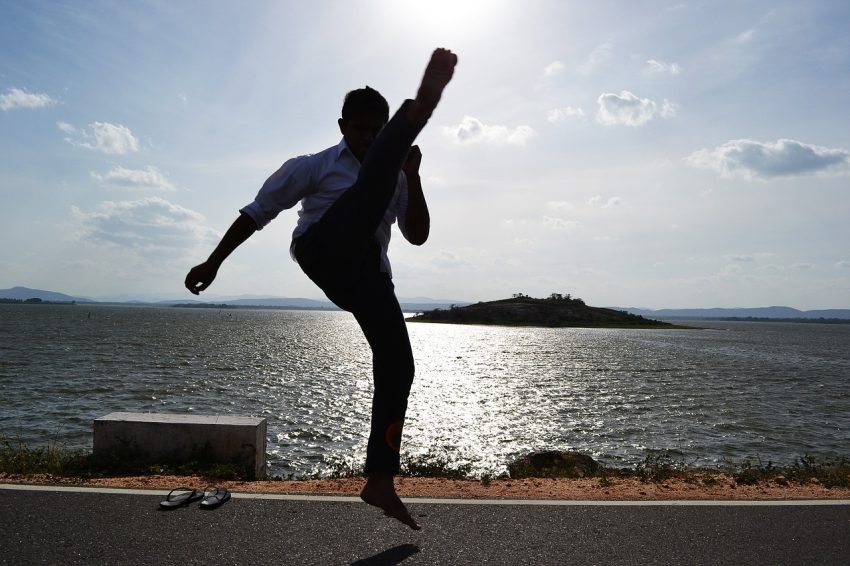Soujiyi techniques focus on aligning mind, body, and spirit for increased physical, mental, and spiritual well-being. Through practice with an experienced instructor, these skills become second nature.
Display the katana on your left side with its blade pointed up, ready for one-handed cutting action. This way, it is ready for drawing and cutting with only one stroke.
Origins
The iconic sword of Japan’s samurai warriors, the katana is an impressive product of artistry and craftsmanship. Its graceful curve and balanced hilt represent artful balance; each element blends form with function into a harmonious whole. Crafting such an object requires great patience and dedication while reflecting an overall philosophy of discipline and respect in Japan’s warrior society.
The Katana’s history can be found during Japan’s Heian Period (794 to 1185 AD), which saw cultural advancement and political transition. Its predecessor, the Tachi, was popular with feudal Japanese military nobility such as Samurai warriors; but as mounted combat gave way to closer-quarter battles, an increased need for faster sworddrawing was evident.
The design of the katana was ideal for close combat strategies, as its curvature allowed for efficient drawing and cutting in one fluid movement – an essential skill in battle where life or death could often depend on a single blow.
Techniques
Soujiyi martial art teaches its practitioners to harmonize body and mind for greater physical and spiritual wellness. Through structured practice sessions with an experienced instructor, individuals build endurance and agility while honing precision training or combat techniques with increased reaction times and improved effectiveness.
Hasegawa Chikaranosuke Eishin first introduced this traditional Japanese swordsmanship system that prioritizes precision and fluidity. Utilizing pre-arranged sequences of movements and strikes called katas, as well as partner sparring sessions, this approach enhances both physical and mental prowess.
Tameshigiri, an exercise designed to test the sharpness and cutting ability of swords, is another key aspect of Japanese martial arts. Samurai would use targets made of straw mats or animal carcasses rolled together with bamboo for this exercise; cutting these targets allowed them to evaluate the sharpness, blade angle, control of their sword as well as identify weaknesses within their own technique and make necessary adjustments accordingly.

